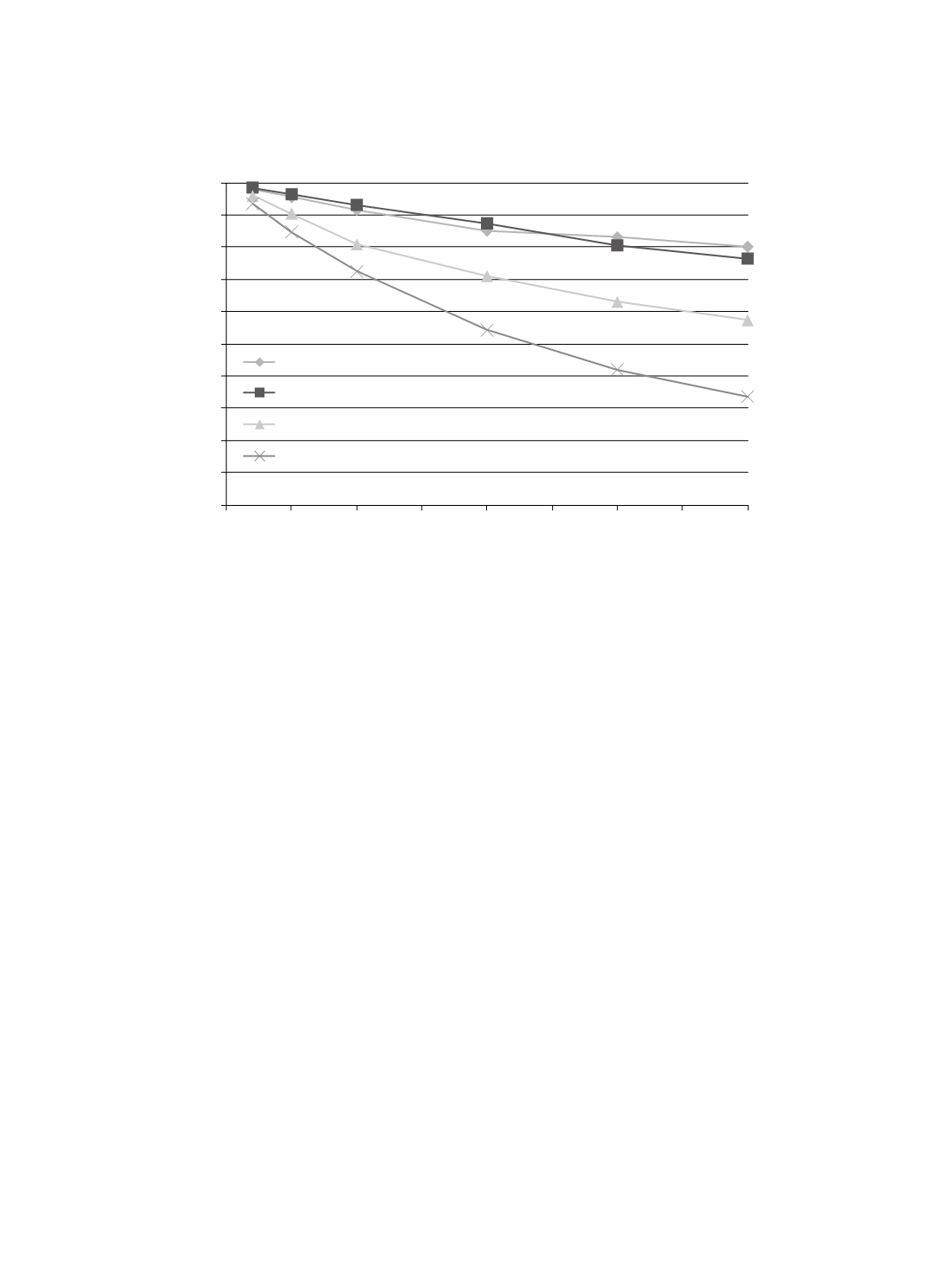

考量買方風險接受態度的供應商選擇:結合效用函數的簡單多屬性評比方法
202
4.4 Comparison with Current Practice
Currently, company AS uses supplier A as its main supplier for product S, whereas
suppliers B and C are used interchangeably in case supplier A cannot perform its obligation.
Supplier D is considered as minor backup supplier by company AS for product S.
This research adopted utility values to evaluate and rank the four suppliers. The results
show that in most of the scenarios, supplier A is the best option as a supplier followed by
supplier B; and supplier A meets all the requirements of the manufacturer. However, when
market demand is shrinking, using supplier B is less risky. This is because of the larger
weight given to inventory cost, as discussed in Section 4.2. Suppliers C and D, on the other
hand, are taken as backup suppliers in case suppliers A and B cannot perform their
operations but their ranks depend on the risk of the buyer (company AS) is willing to take.
5. Concluding Remarks
In the business world today, companies need to shift to a more agile and resilient supply
chain to mitigate the impacts of supply disruptions. One way of achieving this is to apply
supply portfolios, which involves evaluating suppliers and selecting the best suppliers that
would give companies an idea where to source their products. There are various methods
0
0.1
0.2
0.3
0.4
0.5
0.6
0.7
0.8
0.9
1
0
0.25
0.5
0.75
1
1.25
1.5
1.75
2
UTILITY
RISK AVERSION FACTOR
Supplier A
Supplier B
Supplier C
Supplier D
Figure 3 Utilities of Suppliers When Market Demand is Decreasing


















